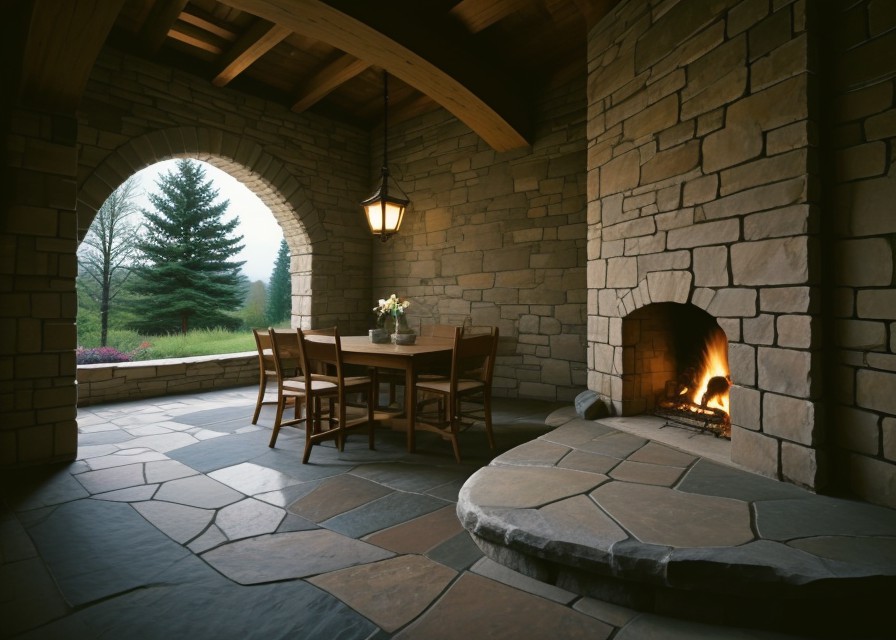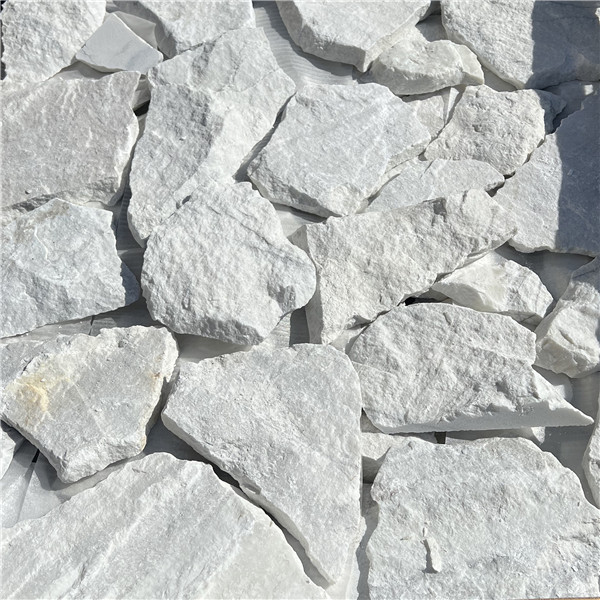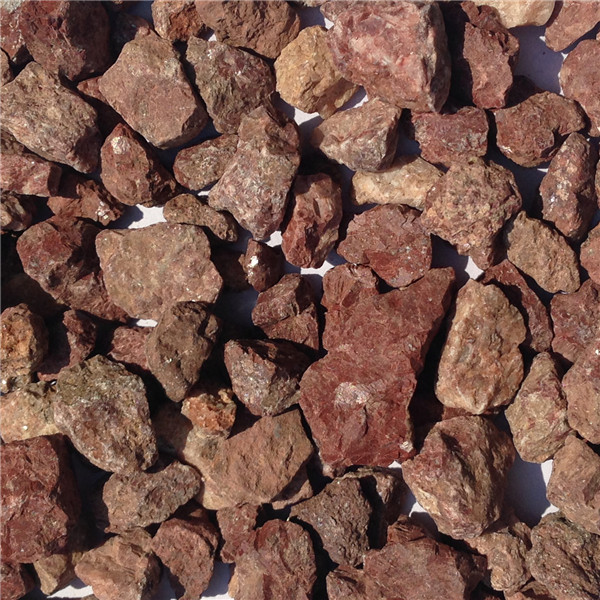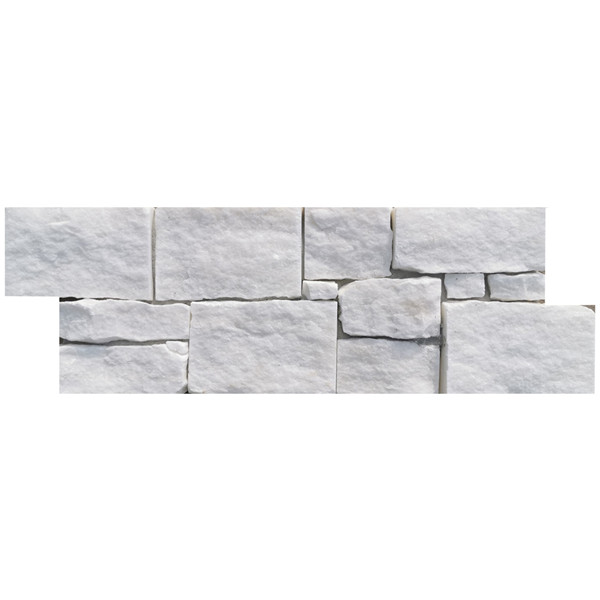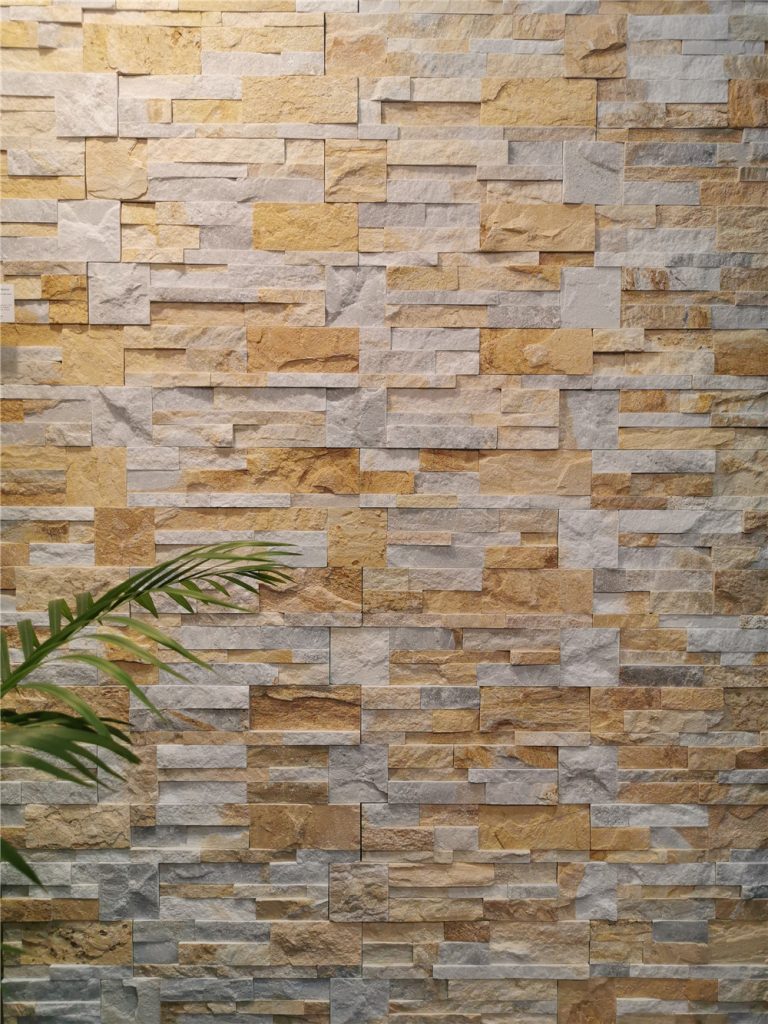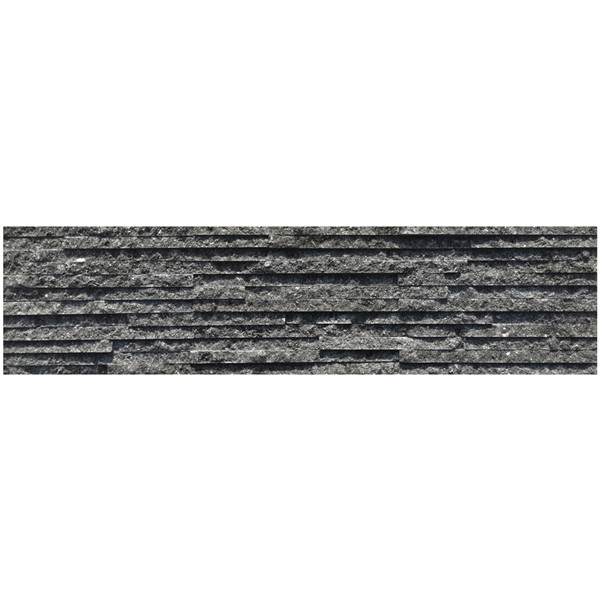Table of Contents
Toggle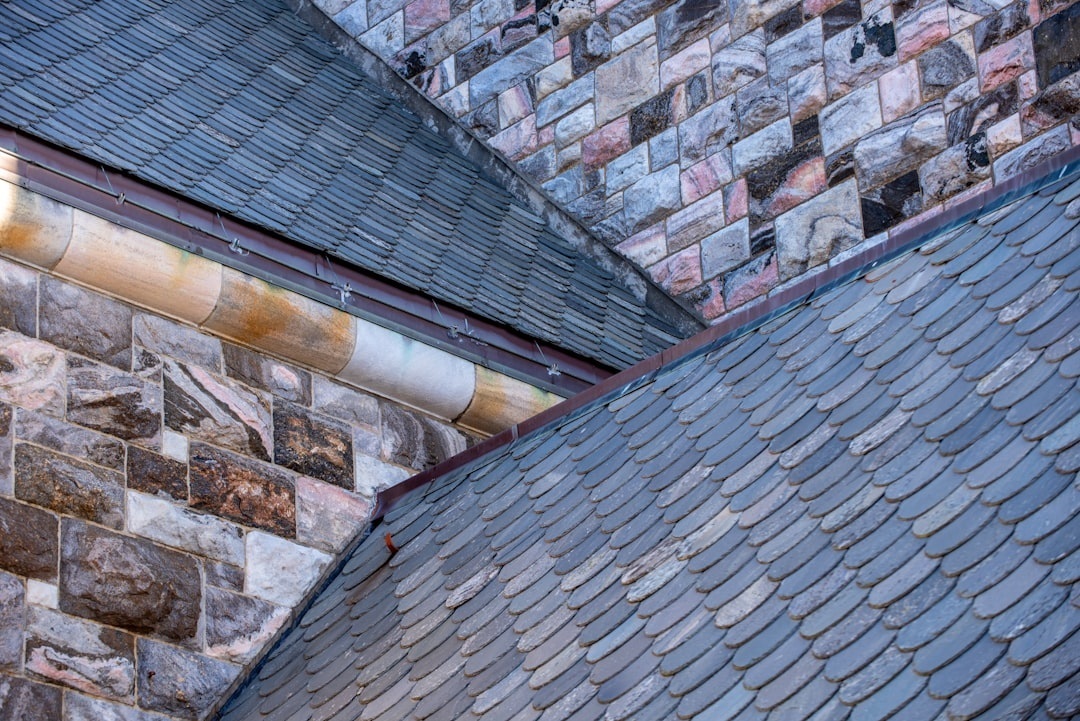
hancements## What is Flagstone?
Flagstone is a broad term encompassing various sedimentary and metamorphic rocks renowned for their flat, layered structure. This natural material’s ability to split effortlessly along its lineation planes makes it an ideal choice for paving patios, walkways, and constructing rock walls. Flagstone’s versatility extends beyond landscaping, with its applications in architectural designs adding textural intrigue.
Encompassing a diverse array of sedimentary rocks like sandstone, limestone, and bluestone, the term “flagstone” refers to the distinct patterned arrangement of these stones when laid as “flags.” Each flagstone variant boasts unique characteristics, yet shares the common trait of durability and resistance to weather elements like heat, freeze, and rainfall, ensuring longevity of around 50 years.
Common Flagstone Applications
The versatility of flagstone makes it a favored choice for numerous construction and landscaping projects. Its robust nature and distinctive texture render it suitable for durable roofing, elegant flooring, and enhancing outdoor spaces with charming walkways, steps, and patios. Flagstone’s natural beauty also lends itself to creating rustic fireplaces, blending functionality with aesthetic charm.
With a spectrum of earthy hues ranging from blue to red, brown, and mixed variations, flagstone offers homeowners a plethora of options to complement their design aesthetic. Moreover, its ability to withstand harsh conditions like hot weather, freezing temperatures, and heavy rainfall further contributes to its enduring appeal.
Types of Flagstone
While flagstone encompasses a range of sedimentary and metamorphic rocks, certain varieties stand out for their distinct characteristics and widespread popularity. Let’s delve into the top types of flagstones:
Slate
Slate, one of the most well-known flagstone varieties, is a metamorphic rock composed of layered clay-like minerals. Softer than sandstone or quartzite, slate’s flaky nature lends it an antique-like appearance. Predominantly found in regions like Pennsylvania, Virginia, Vermont, and New York, slate comes in shades of silver gray, green, and copper.
Pros:
- Easy to chisel and shape
- Ideal for wall cladding
Cons:
- Splits easily
- Limited availability in larger sizes
- Requires sealing for stain resistance
Sandstone
As the name suggests, sandstone is a sedimentary rock formed by layers of sand, offering a contemporary or earthy aesthetic. Commonly found in the Southeastern United States, sandstone boasts a range of neutral, earthy tones, including beige, red, pinks, buckskin, gold, and dark red, providing versatile options.
Pros:
- Offers cooler surface temperatures in summer
- Weather-resistant in dense, tightly packed varieties
Cons:
- Porous
- Tends to absorb water, causing damage in freeze/thaw cycles
- Must be sealed to avoid staining
Basalt
Basalt, an igneous or volcanic rock, is lightly textured and predominantly found in Montana and British Columbia. With natural gray, beige, or black variations, basalt caters to those seeking cooler-toned stone options.
Pros:
- Offers excellent insulation
- Sound absorption properties
Cons:
- Can appear dull over time
Quartzite
Quartzite, a form of metamorphosed rock, boasts a glossy, smooth surface that exudes an ageless appearance capable of withstanding the test of time. Most commonly quarried in Idaho, Oklahoma, and Northern Utah, quartzite offers one of the widest ranges of colors, including silver, gold, light tans, blues, grays, and greens.
Pros:
- Resistant to wear and tear
- Resistant to rain and harsh chemicals
- Non-slip surface
- Offers more stain resistance than sandstone
Cons:
- Prone to etching
- Challenging to shape
- Requires routine maintenance
Limestone
Limestone, one of the most common sedimentary rocks, is composed of calcite and offers a natural split surface that can be polished for an elegant stone finish. Found in Indiana, limestone comes in various hues, including gray, beige, yellow, and black.
Pros:
- Ideal for humid climates
- Weather-resistant
- Long-lasting
Cons:
- Incredibly heavy
- Susceptible to damage from acid
Travertine
Travertine is a compacted variety of limestone, yet it possesses distinct qualities. Due to its limestone composition, travertine tends to have a weathered appearance with different pitted holes. Commonly quarried in Oklahoma, Texas, and Western states, travertine typically comes in shades of brown, tan, and gray blues.
Pros:
- Durable
- Higher-end stone
- Remains cool
- Great for outdoor use
Cons:
- Challenging to finish
- Tough to maintain due to surface pits
Bluestone
Bluestone, a type of blue-gray sandstone, is denser than regular sandstone, offering a flat surface with a rough texture, lending a classic look. Predominantly found in Northeastern states like Pennsylvania and New York, bluestone comes in shades of blue, gray, and purple, as suggested by its name.
Pros:
- Dense
- Tough paving
- Non-slip surface
- Holds up to harsh winters
Cons:
- Requires proper sealing to preserve color
- Must be sealed to resist chlorine or salt water damage
- Needs sealing to protect against scratching and staining
Arizona Flagstone
Arizona flagstone, a type of sandstone, is commonly used for patio areas due to its ability to remain relatively cool during hotter seasons. Available primarily in pinkish and red shades, Arizona flagstone offers a warm-toned finish.
Pros:
- Offers cooler surface temperatures in summer
- Weather-resistant in dense, tightly packed varieties
Cons:
- Porous
- Tends to absorb water, causing damage in freeze/thaw cycles
- Must be sealed to avoid staining
Considerations When Choosing Flagstone
When exploring the various flagstone types and colors for your design, there are several factors to consider:
- Choose a flagstone that comes in a variety of shapes, sizes, and thicknesses to accommodate your design.
- Avoid glittery flagstone, as it tends to lose its sparkle over years of wear and tear.
- Keep in mind that brighter-colored stones are often softer than more muted, uniform tones.
- Ensure that the stone has been tested in residential landscapes over time.
- Look for a stone that originates near your project site to minimize shipping charges.
- Check that the stone is widely available through multiple sources to compare costs.
- In areas with mineral-rich water, avoid dark-colored stones that show efflorescence.
Cost of Flagstone
The cost of flagstone can vary based on the type of stone you choose. While not the cheapest material, flagstone typically costs between $2 to $6 per square foot for the stone itself. However, when factoring in labor, the total cost can range from $15 to $22 per square foot. Thicker stones or rarer colors will fall on the higher end of this spectrum.
Installing Flagstone: From Dream to Reality
Bringing your flagstone vision to life requires careful planning and execution. Follow these steps:
- Create a firm foundation by building a leveled base using compacted gravel or crushed stone. Ensure proper drainage to avoid future pooling issues.
- Arrange the flagstones thoughtfully, leaving space between them for the vital jointing material.
- Apply polymeric sand, a revolutionary product that expands and contracts with temperature, keeping the joints weed-free and flexible. Simply sweep it into the gaps, mist with water, and watch it solidify, securing your flagstone paradise for years to come.
Additionally, edging stones or bricks can create a clean and defined border for your patios or pathways. With a little planning and creativity, flagstone can transform your outdoor space into a haven of beauty and tranquility.
What is Slate?
On the other side of the slate vs. flagstone debate is slate, a type of rock that many find challenging to differentiate from flagstone. Slate is a variety of flagstone used in various outdoor applications due to its ease of splitting into thin layers, ready availability, and affordability. This is because slate is the metamorphosed form of the sedimentary rock, shale.
What is Shale?
Shale is a fine-grained sediment and a key base component for slate. This material is formed when shale sediment morphs into rock after prolonged exposure to pressure under the earth’s crust. Shale is made from organic matter that settled into mud and built up until the pressure turned the matter into shale. Due to the substantial organic matter found in shale, it serves as an excellent source of natural gas.
Metamorphism: The Transformation of Shale to Slate
To better comprehend slate and flagstone, it’s essential to define metamorphism. Metamorphism is the process by which shale is converted into slate. Over time, geological processes cause shale to move deeper within the earth’s crust, exposing it to extreme conditions of increased pressure and heat. These intense conditions trigger chemical and textural changes within the shale, eventually transforming it into the metamorphic stone known as slate.
Flagstone also undergoes metamorphism, resulting in significant changes to the rock’s structure and composition. This process creates an even surface and enhances the stone’s durability. Through metamorphism, the natural irregularities of flagstone are minimized, resulting in a smooth and more uniform appearance suitable for various applications like pathways, patios, and walls.
Differentiating Flagstone and Slate
While flagstone and slate share some similarities, they possess distinct differences. Let’s compare these two types of sedimentary and metamorphic rocks in terms of appearance, texture, durability, and more.
Cost Comparison: Slate vs. Flagstone
Beyond the fundamental differences between flagstone and slate, the cost is another crucial factor to consider.
The Cost of Slate
Slate, renowned for its stunning appearance and durability, can range from $5 to $20 per square foot, depending on factors such as quality, thickness, and origin. This wide price range allows flexibility when selecting a slate for your project, catering to various budgets, from more affordable options to higher-quality investments.
The Cost of Flagstone
With naturally beautiful colors ranging from sand to gray, red, and purple, flagstone holds great appeal due to its rustic charm and durable design. Generally more affordable than other types of stone, flagstone typically costs between $2 to $6 per square foot for the stone itself. However, some flagstone varieties can cost $10 to $15 per square foot. While the cost difference between slate and flagstone may not be significant, flagstone tends to be the more budget-friendly option.
Durability: Slate vs. Flagstone
Slate and flagstone are both popular choices for outdoor paving, but they differ in terms of durability. Slate, a low-grade metamorphic rock, is known for its exceptional durability, making it highly resistant to weathering, fading, and cracking. It can withstand heavy foot traffic and harsh weather conditions over time.
While slate is equipped to withstand water, its glossy shine can make it slippery, and its glossy finish means the stone can become particularly cold in the wintertime – important considerations for comfort and safety.
A key reason many homeowners opt for slate for patios is its waterproof and heavy-duty nature. Due to slate’s texture, any type of water, including rain, won’t erode the surface, significantly enhancing the stone’s durability.
Applications: Slate vs. Flagstone
Flagstone and slate offer distinct characteristics that make them suitable for different applications. Flagstone is a versatile landscaping stone commonly used for a variety of outdoor projects. Its flat segments and irregular shapes make it ideal for creating natural-looking pathways, flagstone patios, and walls. Flagstone can also be used in architectural designs to add texture and visual interest.
In contrast, slate is often chosen for its smooth and uniform appearance, making it a popular choice for paving and roofing. Its durability and resistance to moisture make it ideal for areas that experience heavy foot traffic or extreme weather conditions. Whether for landscaping or architectural purposes, both flagstone and slate bring their unique charm and functionality to any project.
Maintenance: Flagstone vs. Slate
Flagstone and slate differ in terms of maintenance requirements. While both materials are known for their durability, flagstone generally requires more regular maintenance compared to slate. Flagstone may need periodic sealing to protect it from stains and water damage, as well as occasional re-leveling and replacement of loose stones.
However, slate is relatively low-maintenance, especially compared to other materials. With minimal upkeep, slate can maintain its appearance and integrity for many years. However, it’s important to note that the specific maintenance needs may vary depending on the quality and type of flagstone or slate being used.
Appearance: Flagstone vs. Slate
Flagstone and slate exhibit notable differences in terms of appearance. Flagstone has natural irregular shapes and earthy hues that create a rustic and organic look. It’s often used to create charming pathways, patios, and rock walls.
On the other hand, slate offers a more refined and uniform appearance. Its smooth and sleek texture, along with its wide range of colors like gray, black, and green, makes it a popular choice for contemporary and modern designs. Whether you prefer the rugged beauty of flagstone or the elegant appeal of slate, each material brings its unique aesthetic to landscape and architectural projects.
Choosing Between Flagstone vs. Slate: Final Thoughts
When choosing between flagstone and slate for your hardscaping project, consider the key differences in appearance, texture, durability, and pattern options. Flagstone comes in a wider variety of earthy colors and offers more customizable shapes and patterns compared to slate’s smoother, more uniform look. Both natural stones have their advantages, but flagstone’s distinctive beauty and patterned flagstone versatility make it a popular choice for patios, walkways, walls, and floors.
Still unsure about which is right for you? Feel free to contact a local stone supplier to view their selection of flagstone and slate options side-by-side and get a free estimate. With expertise in all types of natural stone, they can help you determine the right material for your vision.



